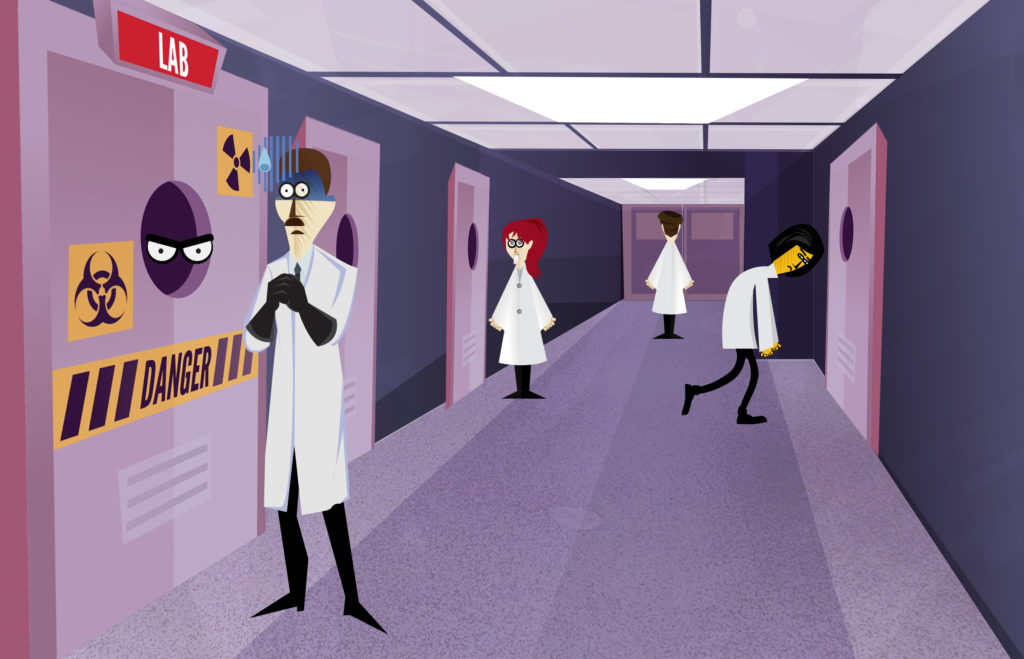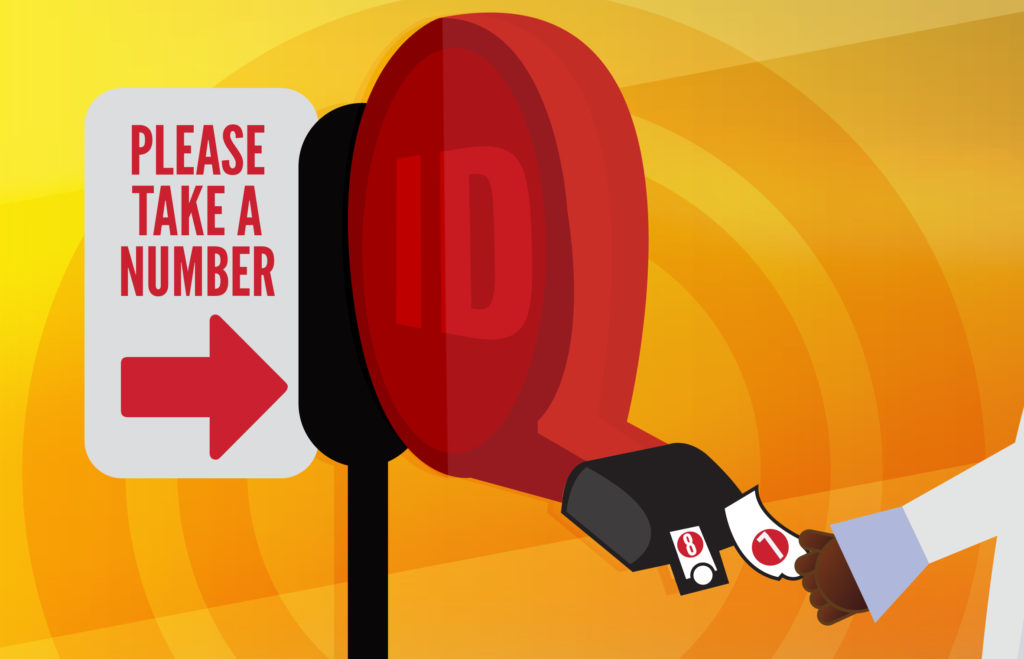Ask any researcher – proposals are a lot of work and they take a long time to get approved. At least, that’s how it usually goes. But with the COVID-19 pandemic, there has been a natural uptick in the amount of funded Rapid Response Research (RAPID) grants from the NSF. With an abbreviated timeline, these grants go to the researchers on the frontlines who are doing all types of studies concerning the novel coronavirus.
A wide net
RAPID grants have been around since 1990 as part of a broader initiative that aimed to fund research immediately after mass shootings, hurricanes and terrorist attacks. For instance, Princeton University is using a RAPID grant to research how to track and contain the virus. University of Houston researcher Miao Pan, Ph.D., is contributing to a RAPID-funded study which projects the framework for location privacy preservation and allocation of resources for COVID-19 patients by using mobile crowdsourcing and other computational methods.
Ranging from the study of dietary changes during social isolation to inventing facemasks with self-cleaning properties, the kind of work being funded by RAPID grants is critical and the timeline, truncated.
Stimulus package
Of the $2 trillion stimulus package to help the country recover from COVID-19, $1.25 billion is for federal research agencies to support scientists who will be instrumental in containing the virus. Jeffrey Mervis, writing for Science magazine, said, “Last year, NSF spent about $10 million on 118 RAPID awards. Based on an average award size of $89,000—there’s a $200,000 cap—the new stimulus funds could give 840 scientists an opportunity to launch studies relating to COVID-19.”
Changing direction
A lot of researchers have come to find out that pivoting their work to include a COVID-19- related topic will get them funding much more quickly than before.
As far as the National Institutes of Health’s funding opportunity announcements (FOAs) go, researchers are asked to apply for an FOA specific to their area of interest, or apply to a generic parent announcement. The NIH leverages existing talent and expertise, providing additional funding to researchers who are already working with organisms, models or tools. These scientists are able to quickly shift focus to COVID-19-related studies.
And the award goes to…
FOAs allow the NIH to fund applications quickly, often in under three months. In fact, according to Science magazine, Roxane Silver, a researcher who studies traumatic events and the toll they take on mental health, sent in a proposal on March 6, and was awarded $200,000 one week later.
Emergency Competitive Revisions FOAs can only be used for applications based on a presidentially declared disaster under the Stafford Act. However, the NIH states, “Urgent Competitive Revisions FOAs can be used to meet immediate needs to help address a specific public health crisis in a timely manner.” So, there are options and a common goal – researchers will be the catalyst for the resolution of the COVID-19 virus.



